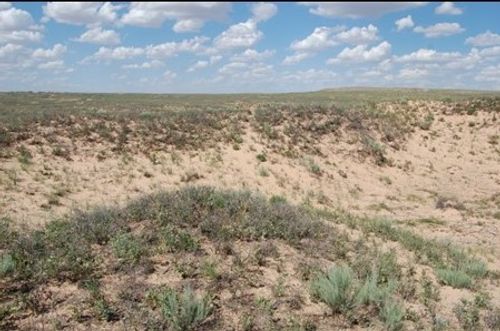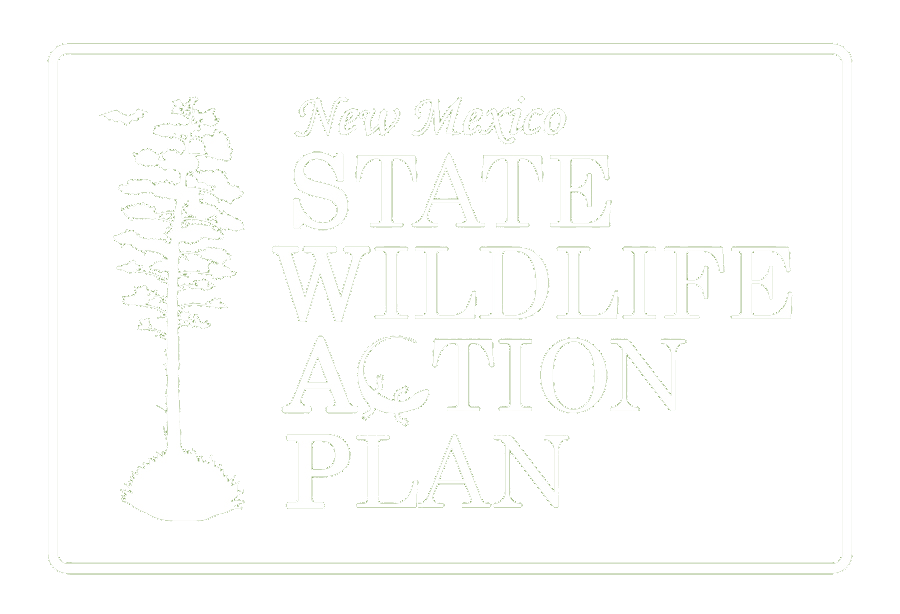
SWAP Habitat
Great Plains Sand Grassland & Shrubland
NVC Name
Great Plains Sand Grassland & Shrubland (M052)
SWAP General Vegetation Type
PLAINS-MESA GRASSLANDS
The Great Plains Sand Grassland and Shrubland [M052], found in the High Plains and Tablelands ecoregion, and to lesser extent in the Southern Rocky Mountains and Chihuahuan Desert ecoregions, may occur as open grasslands to closed shrublands or a mix of the two. The most common dominant grasses are sand bluestem (Andropogon hallii), little bluestem, and sand dropseed. Shrublands are sparse to moderately dense and typically dominated or co-dominated by sand sagebrush (Artemisia filifolia) and sand shinnery oak (Quercus havardii). Invasive honey mesquite can be common, particularly in the southern portion of the range.
Stands of this habitat occur on well-drained, often deep, sandy to loamy sand soils on nearly flat terrain to vegetated dunelands. This habitat is particularly susceptible to wind erosion. Blowouts and sand draws are some of the unique, wind-driven disturbances in the sand prairies creating a complex matrix of microhabitats across the landscape.
